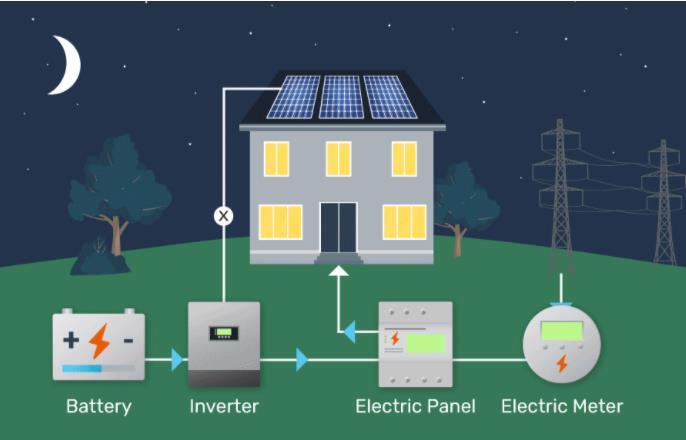Released on Jun. 07, 2022
18650 batteries are lithium ion rechargeable batteries. As such, they follow the same design as lithium-ion batteries.
Most lithium-ion batteries use graphite as a material. The graphite used for the anode is either synthetically produced, called artificial graphite, or mined from the earth, called natural graphite. The graphite is then processed and used on copper foil, which is used as the anode for lithium-ion batteries.
Lithium is used as an ionic salt dissolved in the electrolyte of lithium-ion batteries; however, lithium can also be used as an anode material in some batteries.
In lithium ion batteries, the anode material must meet a number of requirements, such as
The material must have good electrical conductivity and porosity.
It should be lightweight and durable.
Keeping the battery cheap must be low cost.
The material must match the voltage of the cathode of the battery.
There is more than one material to choose from when making the cathode for a lithium ion battery. The material used for the cathode of a lithium-ion battery must be extremely pure and free of unwanted metal impurities. The cathode in a lithium-ion battery is a mixture of lithium and other metals. While the negative electrode material in lithium-ion batteries is well optimized, the positive electrode material has yet to be improved and today's research is focused on this particular area.
The cathode of a lithium-ion battery has an active material. It consists of cobalt, nickel and manganese, presented in a crystalline structure, forming a polymetallic oxide material. Lithium is then added to the mixture in a final step.
The 18650 battery cycle is calculated as the battery is charged and discharged. 18650 batteries can be charged up to 4.2V and down to between 2V and 3V, a value that depends entirely on the battery's cutoff voltage specification.
Discharge occurs the moment you start using the battery. 18650 Li-ion batteries are voltage dependent. If you do not know your voltage, do not attempt to charge the battery. Doing so may result in dangerous consequences.
Before using an 18650 battery, you need to test its voltage. This will allow you to determine if the battery can be used for the purpose you want. Please note that using the battery without testing the voltage could lead to catastrophic consequences.
To test your battery, you will need the following equipment.
Voltmeter
Remote charger
4 trays
Please note that 18650 batteries are LiPo type batteries, so you must select the LiPo option in all devices when charging or discharging.

When using used batteries, you must test their voltage and if any battery shows a value below 2.5V, you need to dispose of that battery immediately as it is not safe to use. When charging a used battery, it is safer to set the charge late to a low level (e.g. 0.3 amps) and set the voltage to 3.7V, then start charging.
Some inexpensive 18650 batteries do not have protection circuitry. Protecting the 18650 is very important because problems such as over-discharging or over-charging can be dangerous to the device and the person using it. Here we will show you how to make a protection circuit that will protect your 18650 battery.
You will first need to get some tools and parts to start creating the circuit.
The tools and parts needed are
Voltmeter
Soldering iron
Wire cutters
Some wire
Any old cell phone battery
Save the circuit
Grab your cutting tool and open the old cell phone battery. Be careful not to short circuit the circuit or it may cause an explosion.
Now, start cutting the input wires of the circuit.
Check which input is negative and which is positive.
There will be three output pins, one is the signal pin and the other two are positive and negative outputs.
After successfully salvaging the circuit, solder it to the 18650 battery.
Soldering the circuit to an 18650 battery
Prepare four copper wires
Heat the soldering iron
Use the copper wires to solder the 18650 cells together.
Pay special attention to the polarity and try not to short out the batteries as this can cause a fire.
Now, it's time to test your circuit.
Test the protection circuit
Pick up a voltmeter.
Test the output voltage.
If it works properly, then congratulations you have created a protection circuit for your 18650 battery and are ready to use it.
Navigation
Mob: +86 186 6629 0033
Tel: +86 0769 85544410
Fax: +86 0769 85544410
E-mail: info05@zwaynenergy.com
WhatsApp: +86 137 1409 6556
Wechat: +86 186 6629 0033
Office: 16th Floor, Yunhua building, shajing Town, Shenzhen, PRC
Add: Room 101, Building 1, No. 18 Hu Nan Road, Changping Town, Dongguan City, Guangdong Province
Follow Us